Do what’s difficult
You can watch 'em make chairs till the cows come home. But doing it? That's another thing entirely.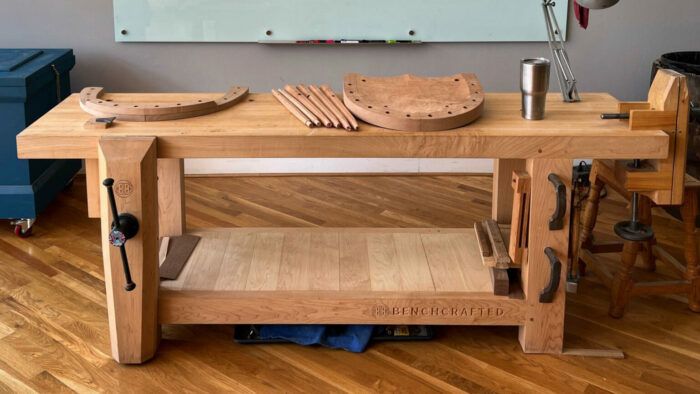
After almost two decades in woodworking publishing, I think I’ve read at least a little something about most things in woodworking, both old and new. And I’ve read a great deal about certain things, particularly those topics on which Lost Art Press has published books. I’ve also watched a lot of woodworking happen that I’ve not actually tried.
No surprise, but it turns out that reading about a process and/or watching a process doesn’t mean one can actually perform the process. I can’t tell you how many “Kentucky Stick Chairs” I’ve watched Christopher Schwarz build, or how many times I’ve read the chapters in his “Stick Chair Book.” I’ve also been in and out of the room in at least a half-dozen stick chair classes—probably more.
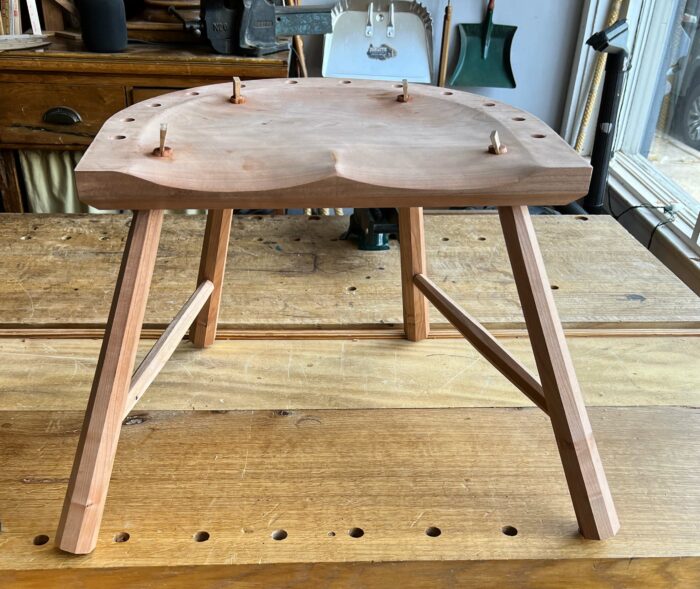
But until a few weeks ago, I’d never gotten past cutting the rough parts and some desultory seat saddling. (That was nine years ago; that partially done seat remains in my basement, now with two deep splits in it. I’m glad I didn’t finish it—might have put me off chairmaking forever!) But we had some extra parts in a recent class in our shop, so I decided to give it a go (black cherry is hard to resist, plus I need a few more chairs for the dining room).
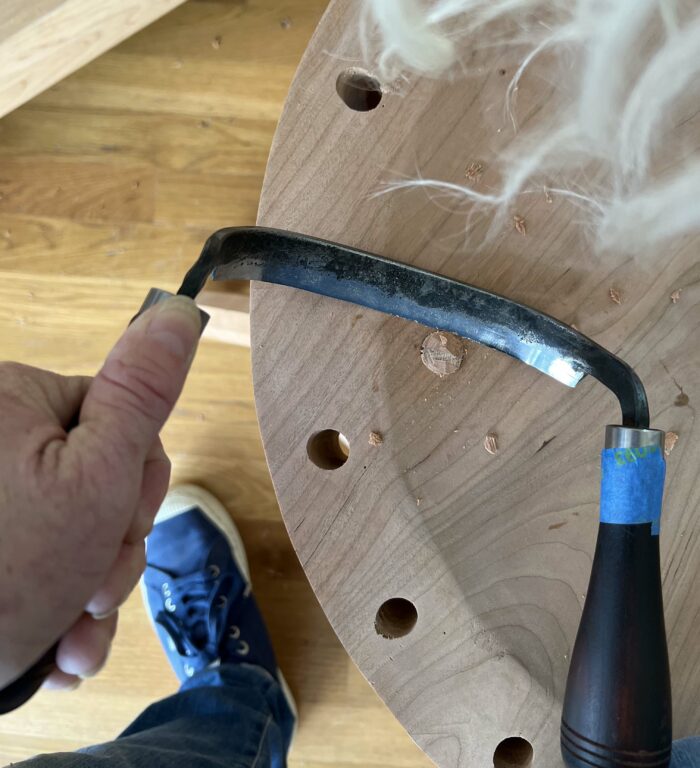
And let me tell you: It is a challenge. I’m so used to cutting dovetails and making projects with right angles (sometimes almost-right angles) that making a chair—with its many not-right angles—is messing with my head. Even things that seem like they ought to be easy, such as cutting a tenon on the end of a stick (which, with the tooling below, requires you to hold the tenon cutter at a right angle to the stick while pressing in) aren’t as simple as they appear. A travisher and spokeshave are both, in their essence, handplanes with weird handles, yet the grip and motions to use them aren’t familiar to those of us who’ve played only in the flat world. We know what they’re supposed to do, but to get them to do it well?
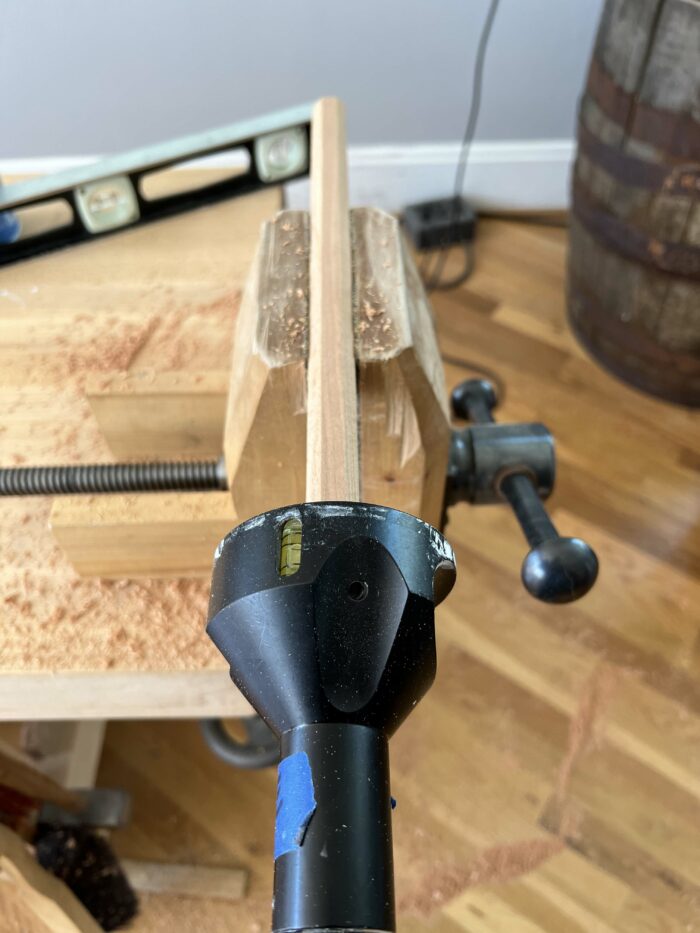
It takes patience and practice, just like cutting dovetails or finish-planing a flat board. While learning to use these tools, I have to constantly tamp down my frustration and remind myself that, lo these many years ago, I had to learn how to properly wield a dovetail saw, and how to transfer pressure from the front to the back of my No. 3 as it moved down a board.
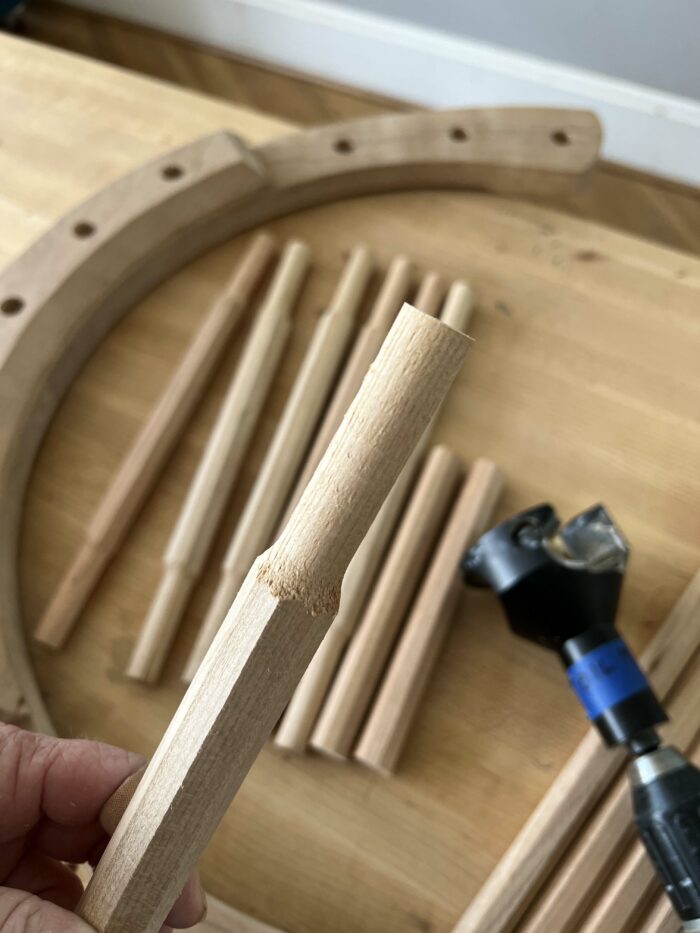
I ruined several of the short sticks with tenons that were simply too far off center, leaving a flat down one facet all the way to the ends (for this design, you want at least a small shoulder) before it all clicked and I could cut a decent tenon. It wasn’t until my 13th try that I was even semi-OK with my effort. I then made the mistake of going home for the night; I should have stayed and finished tenoning my long sticks, too, to further cement into my muscles the successful stance and movements. In other words, once you get it right, do it again. And again.
But the next day, it took only three poor results for the use of the tool to click back in place. Now all my sticks are tenoned, and I’ve moved on to shaping them. Next will be finishing the armbow, then the exciting moment of gluing up the sticks and armbow, at which point it will actually look like a chair! Then the comb. The last thing before finish will be “make pretty”…or in this case, “make pretty enough.”
My next one will be better. Still, I might cut a few dovetails this week, just to remind myself of that.
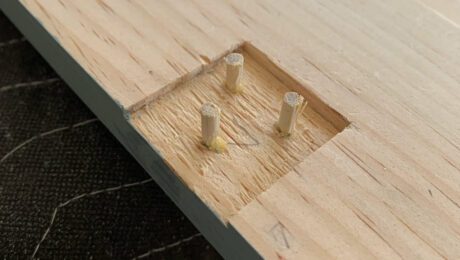 |
‘Work slower; it’s faster’ |
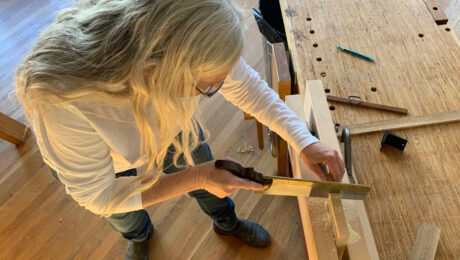 |
Learning How to Saw by Hand |
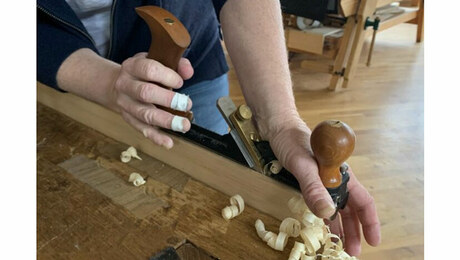 |
Tongue-and-Groove Joints by Hand |






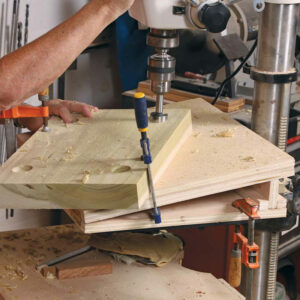











Comments
Good point. There's a big difference between planning to do something and doing something.
As the coastal watchman in Beowulf said, "There's a difference between a thing said and a thing done."
"No surprise, but it turns out that reading about a process and/or watching a process doesn’t mean one can actually perform the process." Great line Megan. Same for your comment about working slower. It took me until I retired to truly internalize that woodworking IS and ALWAYS will be a process. Once I accepted this I started making things I was far happier with. Thanks for sharing part of your experience in 'the process'.
Log in or create an account to post a comment.
Sign up Log in